The OM-D E-M1 has always represented the pinnacle of Olympus’ Micro Four Thirds portfolio. In fact, it was the first camera from the company to that came with phase detection autofocus, AA filter-less sensor, focus peaking and higher frame rates to boot.
However, in the three years since its introduction other cameras have risen to prominence. The Panasonic Lumix GH4 has gained a foothold in the video sector, while Sony has impressed us with A6000-line’s laser quick AF as well as introducing the A7 range of full-frame mirrorless cameras. Then there’s Fujifilm, which with the X-T2 is our favorite mirrorless camera to date.
Now with the OM-D E-M1 Mark II, Olympus is attempting to even the odds. The result is a completely overhauled camera with a higher-resolution 20.4MP sensor, greatly improved 121-point cross-type AF system, enhanced in-body image stabilization, plus 4K video and Olympus’ best video-shooting features to date.

Consequently, these improvements have come with a higher $ 1,999 or £1849 (about AU$ 2,610) price for just the camera body alone – whereas the first OM-D E-M1 originally retailed for $ 1,399 (£1,299, AU$ 1,599).
While it’s an unattractive price point for the enthusiast to casual photographers Olympus usually attracts, it’s clear it means to cater to the needs of professional photographers with this fully featured camera and a growing line of Pro lenses – several of which were announced alongside the initial debut of the E-M1 Mark II.

Features
- 20.4 megapixel Live MOS MFT sensor
- 3-inch 1,037K dot tilt-angle screen
- 2.36M dot EVF 1.48x magnification
- Cinema 4K (4096 × 2060) 24p; 4K (3840 × 2160) 30p; FHD (1920 x 1080) 60p video
The OM-D E-M1 Mark II is the second camera to feature Olympus’ new 20.4MP sensor since its debut in the Pen-F. While the resolution is the same, Olympus has tweaked the image sensor for better noise reduction and 121 cross-type AF on-chip phase detection points spread across the entire frame.
The company claims the autofocus system is completely new and programmed with a new algorithm tuned for better tracking. Overall we find the Mark II to be even more accurate and faster than ever when it comes to autofocusing – and speediness really is one word to describe the new E-M1.

The higher-resolution 2.36M dot EVF now operates at a maximum 120 frames-per-second with a delay of only 5ms. This upgraded viewfinder pairs well with the 30% reduced shutter lag and Olympus new ProCapture mode designed to capture split-second moments.
Of course, if you want to slow things down the OM-D E-M1 can oblige with as well. Its enhanced on-sensor image stabilization system now offers 5.5 steps of shake reduction.
The OM-D E-M1 Mark II is also Olympus first camera to shoot 4K UHD (3840 x 2160) video recording at 30, 25 or 24fps. What’s more, the Japanese camera company is leap-frogging over Sony and Panasonic by being the first to introduce Cinema 4K, which captures 4,096 x 2,060 pixel footage – a slightly wider aspect ratio than the traditional 16:9 frame – at a bitrate of up to 237mbps.
Build
- Magnesium alloy construction
- Dust, splash and freezeproof weather-sealing
- 574g (w/battery and memory card) / 498g (body only)
At first glance the OM-D E-M1 Mark II looks almost identical to its predecessor. Nearly nothing about the camera’s look has changed aside from a slightly taller chassis and mode dial. Whereas the Mark II versions of both E-M5 and E-M10 featured dramatically redesigned grips and dials, Olympus has stuck with almost the same ergonomics on its flagship camera.
While the aesthetics are very similar, the E-M1 Mark II is actually both larger and heavier than the Mark I. The new camera measures 134.1 x 68.9 x 90.9mm (W x D x H) and weighs 544g with the battery and memory card included, which is noticeably bulkier than the original 130.4 x 93.5 x 63.1mm E-M1 that weighed 497g.

Despite the increase in size, the extra weight of the E-M1 Mark II doesn’t become an issue when shooting with it over a full day. We also prefer the beefed-up proportions as the new E-M1 as it can better support larger Micro Four Thirds lenses such as the recent M. Zuiko 25mm f/1.2 and M. Zuiko 12-100mm f/4.
Thanks to being taller, the Mark II also feels and looks a little less awkwardly squat than the original version.
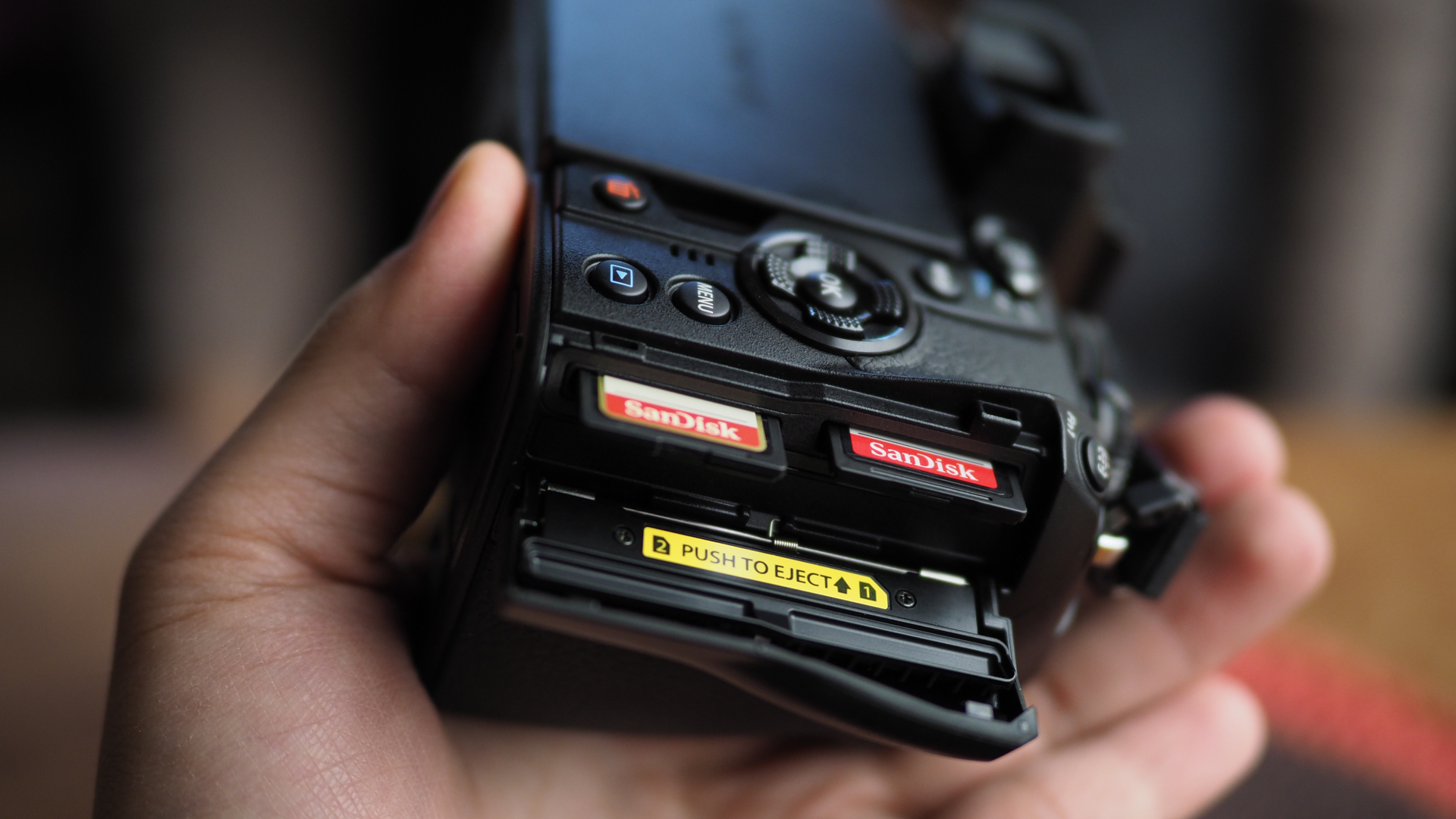

The larger dimensions make way for an additional SD card slot and a larger battery. Sorry veteran Olympus users, your old batteries won’t work with this new camera, but on the plus side the new cells offer 37% more capacity at 1,720mAh of power.
As with Olympus’ other OM-D cameras, the updated E-M1 has traded its tilting screen for one that also swivels out to the side, offering a wider range of possible positions to angle it at.
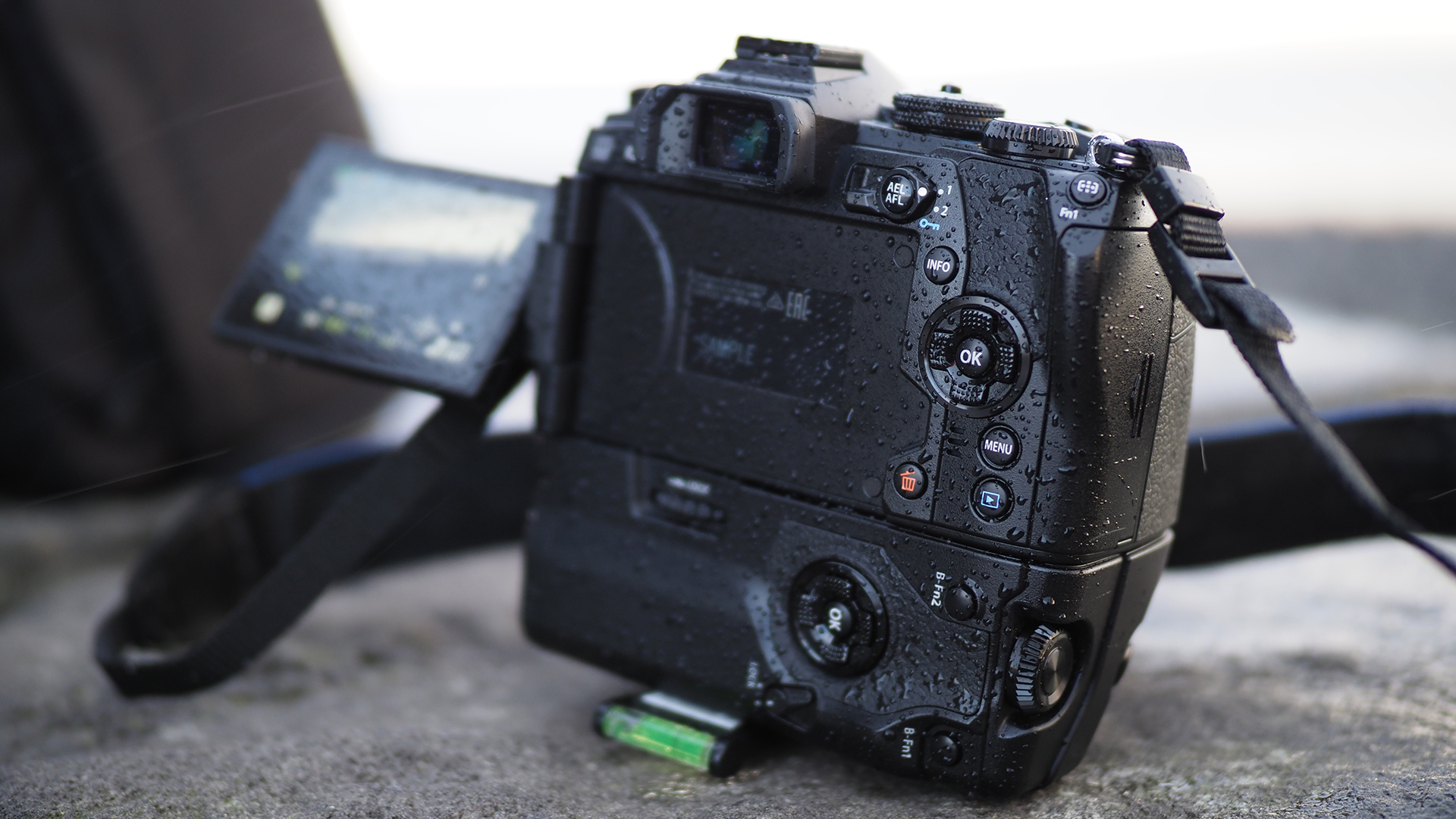
Handling
In hand the E-M1 Mark II feels completely solid while still being smaller than most mirrorless cameras. Fashioned entirely out of magnesium alloy, the E-M1 Mark II is as tough as a tank while featuring a more svelte form than the bulbous Panasonic Lumix GH4.
Furthermore, this MFT shooter is fully weather-sealed against rain, dust and freezing (to 14°F / -10°C) and we can say the camera lives up to these claims. Whether it was peanut sized hail or freezing rain, the E-M1 Mark II just kept on shooting even in Iceland’s most punishing storms.
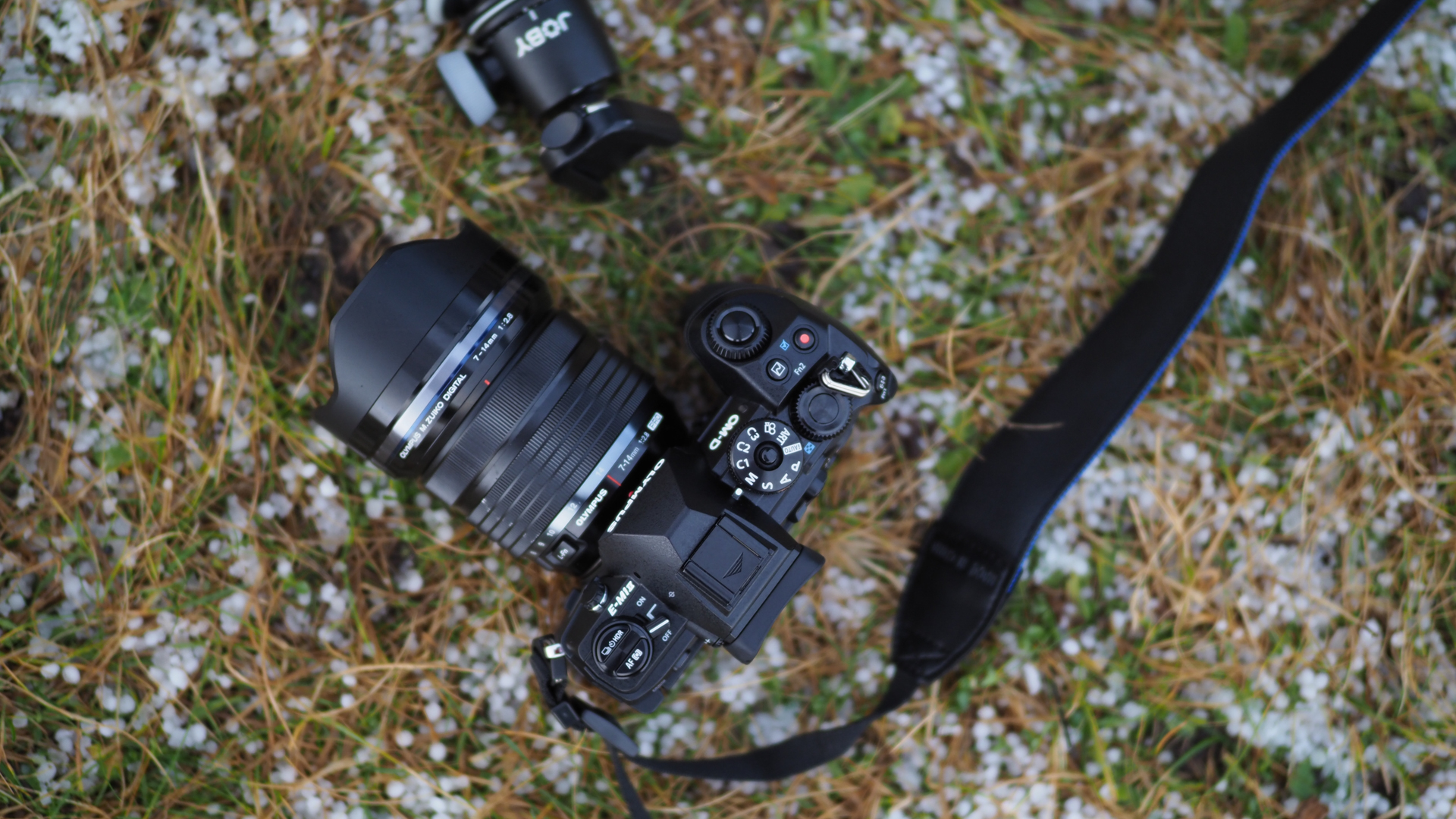
For the most part the dials and buttons of the original E-M1 have stayed firmly in their place except for the menu button, which is now sits directly above the playback button to make way for a notch to access the flexible LCD screen.
Olympus has also raised the 4-way buttons on the back of the camera to make them easier to press even with a pair of gloves on. We wished the company would have done the same with the OK-button buried in the middle of the four-way interface, as it’s used often to access the quick settings in the Super Control Panel.
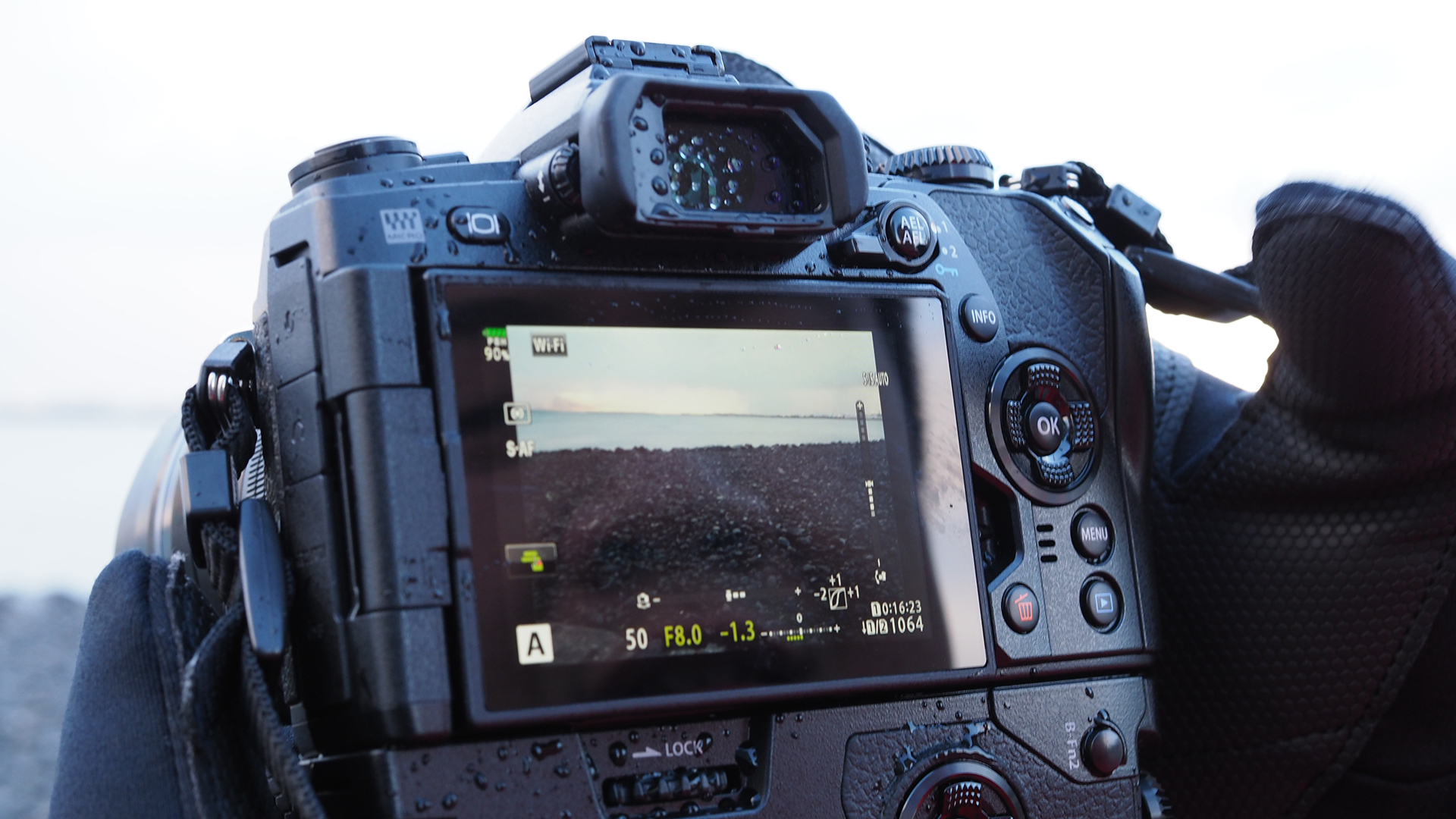
Luckily the OM-D E-M1 Mark II comes with an extreme degree of customizability, letting you set up functions to each dial and button. This includes one of the more outlandish ideas of reassigning the toggle on the back from swapping control schemes, to being the on/off switch for easier one-handed camera operation.
What’s more, you can even make navigating menus easier to manage by switching off shortcuts and functions you never use. A handy feature if you’re get tired of jogging through over a dozen different drive modes when you only use Sequential High and a handful of other settings.

Autofocus
- 121-point cross-type Dual Fast AF
- Face/eye-detection autofocus
- C-AF lock (5 steps) , AF scanner (3 types)
With 121 autofocus points of both contrast and phase detection, the E-M1 Mark II features Olympus’ most expansive autofocus system yet.
On paper this might not sound as impressive as the AF system seen on other mirrorless systems like the Sony A6500 (425 phase detection and 169 contrast detect points) or even Fujifilm X-T2 (169 phase detection and 156 contrast detect).
But keep in mind, the Micro Four Thirds sensor is considerably smaller while resolving a greater depth of field no matter how large your aperture is, two factors that make it easier for cameras in this format to find focus.

Olympus cameras have always been quick on the draw when it comes to focusing but the Mark II feels noticeably faster. Tracking a subject is almost effortless and only hitching when they’re moving erratically across the frame. It’s also performs better in low-light thanks to the fact that both types of AF detection are spread across the entire frame.
The autofocusing improvements are most dramatic while shooting video. In our testing, we we’re able to walk alongside our subject at night with Olympus’ new M. Zuiko 25mm f/1.2 lens and keep them in focus even with the lens wide open at f/1.2, while only a few street lights help provide illumination.
Performance
- 60 frames per second in AF and AE lock
- 18 frames per second with continuous AF and AE tracking
- 1/8000 – 60 sec Mechanical Shutter
- 1/32000 – 60 sec Electronic Shutter
Olympus is bringing the heat with the E-M1 Mark II’s impressive burst shooting performance. Shooters will be able to take up to 60 frames per second in AF and AE lock or 18 frames per second with continuous AF and AE tracking.
To further help users capture that decisive moment Olympus has also introduced a Pro Capture mode. The new feature essentially programs the camera to buffer a stream of moment you half press the shutter. When you’ve taken your shot, the camera will save all the frames you took along 14 previous frames before you fully triggered the shutter.
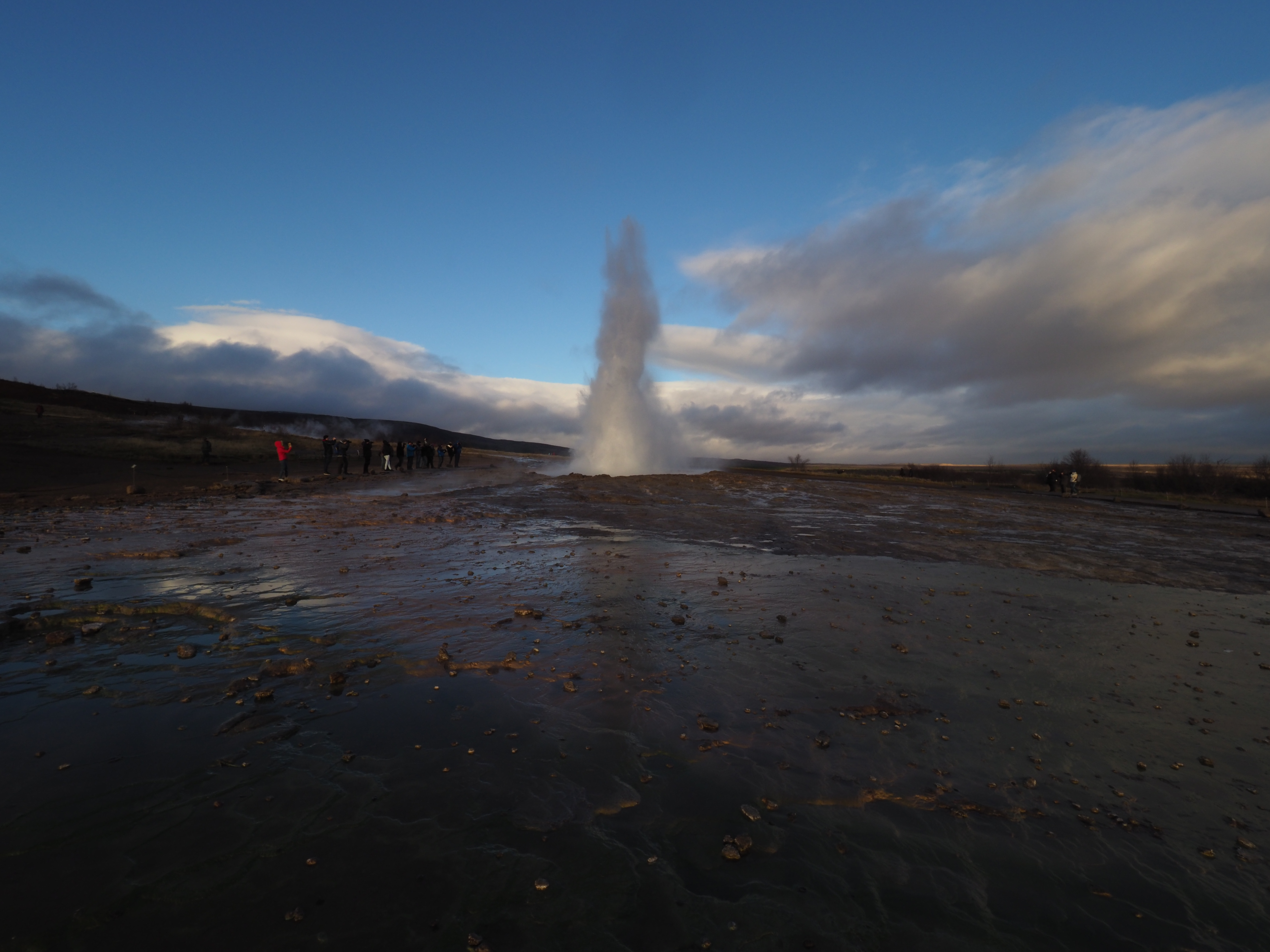
It’s an effective tool and it helped us capture the exact moment a geyser went off in this picture above. The only complaint we have is this mode is a little too silent for its own good.
Since Pro Capture locks the camera into using the electronic shutter, we would often take a shot not knowing if the camera actually triggered until we took a look back through our images.
To keep up with the Mark II dramatically enhanced shooting capabilities, the new EVF operates at a maximum refresh rate of 120fps and a response rate of just 5ms.
Though we’re used to looking through the viewfinder with one eye and keeping the other open on the world, you don’t have to worry about missing the moment with this EVF refreshing as fast as real-life.
If you’re a fan of birding or any type of wildlife photography, this camera and Olympus’ new M. Zuiko 300mm f/4 lens are worthy of your attention, delivering a much more compact package than that of a full-frame DSLR with a huge 600mm lens.
When you stack the improved AF system with the 63% faster EVF and new ProCapture mode, it’s clear Olympus is aiming the OM-D E-M1 Mark II to be a sport camera on par with the Canon 7D Mark II and Nikon D500.

Image quality
- TruePic VIII image processor
- ISO200 -25,600, expandable to 64
- Art-filter modes
Olympus’ new 20.4MP sensor already proved itself in the Pen-F and now it’s even better in the E-M1 Mark II. The resolution gains are apparent, while the colors pop with a natural look and there plenty of dynamic range in play even in our JPEGs. We even dare to say the image quality of the Mark II’s files look as good as Fujifilm’s new 24.3MP sensor in the X-T2 and X-Pro2.
As of this writing Camera RAW support for the OM-D E-M1 Mark II files aren’t available yet, but we’ll update this review as soon as it’s released.

Typically, with an Olympus camera, we’ve been able to shoot usable photos up to ISO2,000 without any noticeable grain. But with the Mark II we’re able to confidently shoot up to ISO3,200 and even push the camera to ISO4,000 before color noise begins to rear its ugly head.
That said, as of this writing without RAW image support we’re only able to see JPEGs, which have already been treated with noise reduction through in camera processing.

What’s more, the greatly improved image stabilization that now offers 5.5 steps of shake reduction allows you to confidently shoot two second exposures while hand holding the camera.
The on-sensor stabilization also makes it easier to operate the camera in video mode without a tripod. By the end of our review testing, more than a few of videos we shot with or without a camera support system were virtually indistinguishable.

The OM-D E-M1 Mark II not only marks Olympus’ first entry into the world of 4K video capture, the camera can actually record even higher-resolution footage than every mirrorless camera before it.
Olympus’s new Cinema 4K (4,096 x 2,060) 24p capture surpasses even the Sony A7r Mark II’s maximum QFHD video resolution of 3,840 x 2,160 while maintaining all of the image quality of the E-M1’s still photography.
However, there are some limitations with this footage as the frame is slightly wider, the frame rate is locked to 24p and you’ll need a UHS-II speed card to record this high-resolution footage.



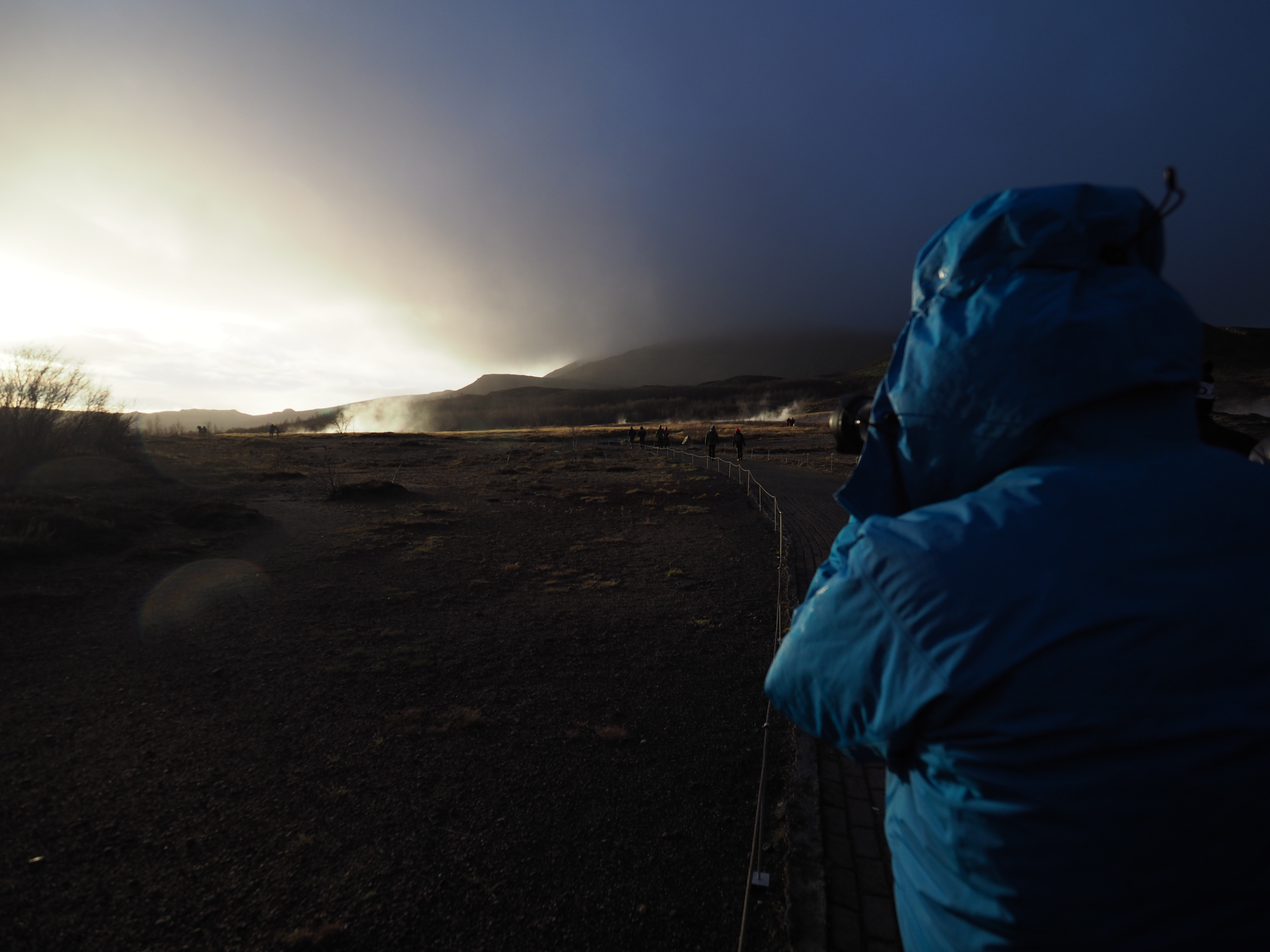

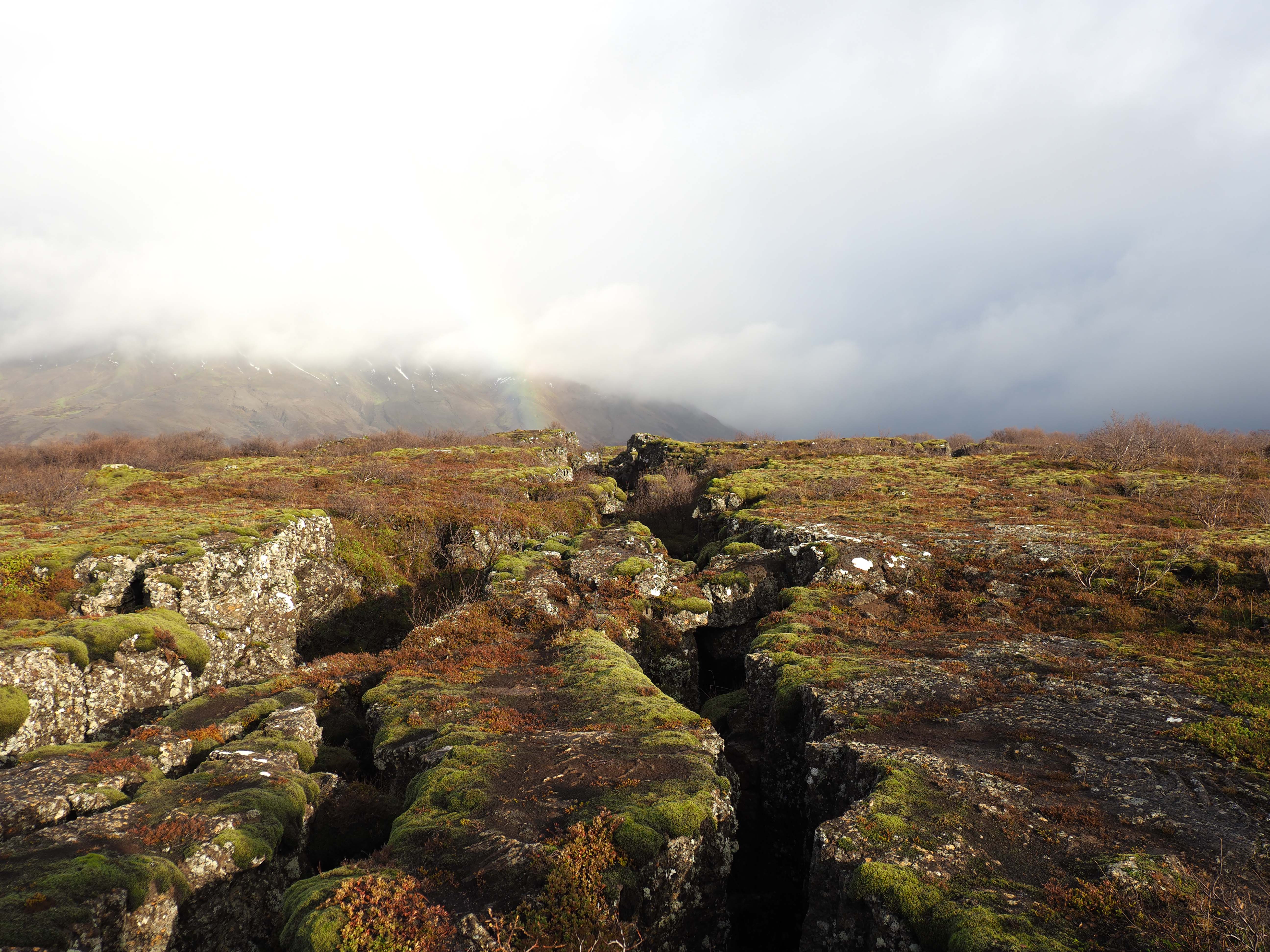
Verdict
This is by far Olympus most impressive and feature complete camera to date. Whether you’re a sports photographer, videographer or a professional getting into commercial work, the OM-D E-M1 Mark II has something for you.
Whereas the original OM-D E-M1 only felt like a flagship camera among its own line and not cameras from other brands, the Mark II was made to steal the limelight from everyone else.
Olympus has shown its video features are more than a match for the Sonys and Panasonics of the world. Meanwhile, the new 20.4MP sensor shows the Micro Four Thirds format still has room to evolve and improve.
As an overall package, Olympus has left no stone unturned between the improve image stabilization, dramatically more powerful image processing and expanded AF system. It’s not as affordable as the Sony A6500 or the Fujifilm X-T2, but if you’re looking for a weatherproof system that can do still and video, the Olympus OM-D E-M1 Mark II is the total package.
Comparisons

Sony A6500
A fast focusing, image stabilized beast
Sensor size: APS-C | Megapixels: 24.2MP| Viewfinder: 2,359k dot EVF | Screen type: 3.0 inch 921k-dot | Maximum continuous shooting rate: 11 | Movies: 4K (3,840 x 2,160) 30p
If you want even more lightning fast autofocus performance, the Sony A6500 has you covered with 425 phase detect points combined with 169 points of contrast detection coverage. The A6500 packs all the benefits of Sony’s full-frame A7 lineup including 4K video capture and in-body image stabilization. The only things this camera lacks is long battery life and a growing lens lineup as Sony continues to focus it efforts on the FE-mount.
Read the hands-on review: Sony A6500

Fujifilm X-T2
Fujifilm’s best action and video camera
Sensor size: APS-C | Megapixels: 24.3MP | Viewfinder: 2.36m dot EVF | Screen type: 3.0 inch, 1,040K-dot | Maximum continuous shooting rate: 14fps | Movies: 4K (3,840 x 2,160) 30p/25p/24p
Fujifilm’s classic SLR-styled has plenty to offer including a physically larger and higher-resolution 24.3MP X-Trans sensor. On top of this, the X-T2 offers a more generous autofocus spread with 169 phase detection and 156 contrast detect points. While the X-T2 can also shoot 4K video, the camera’s physical controls and sensor lend it to be better used for still photography.
Read the full review: Fujifilm X-T2
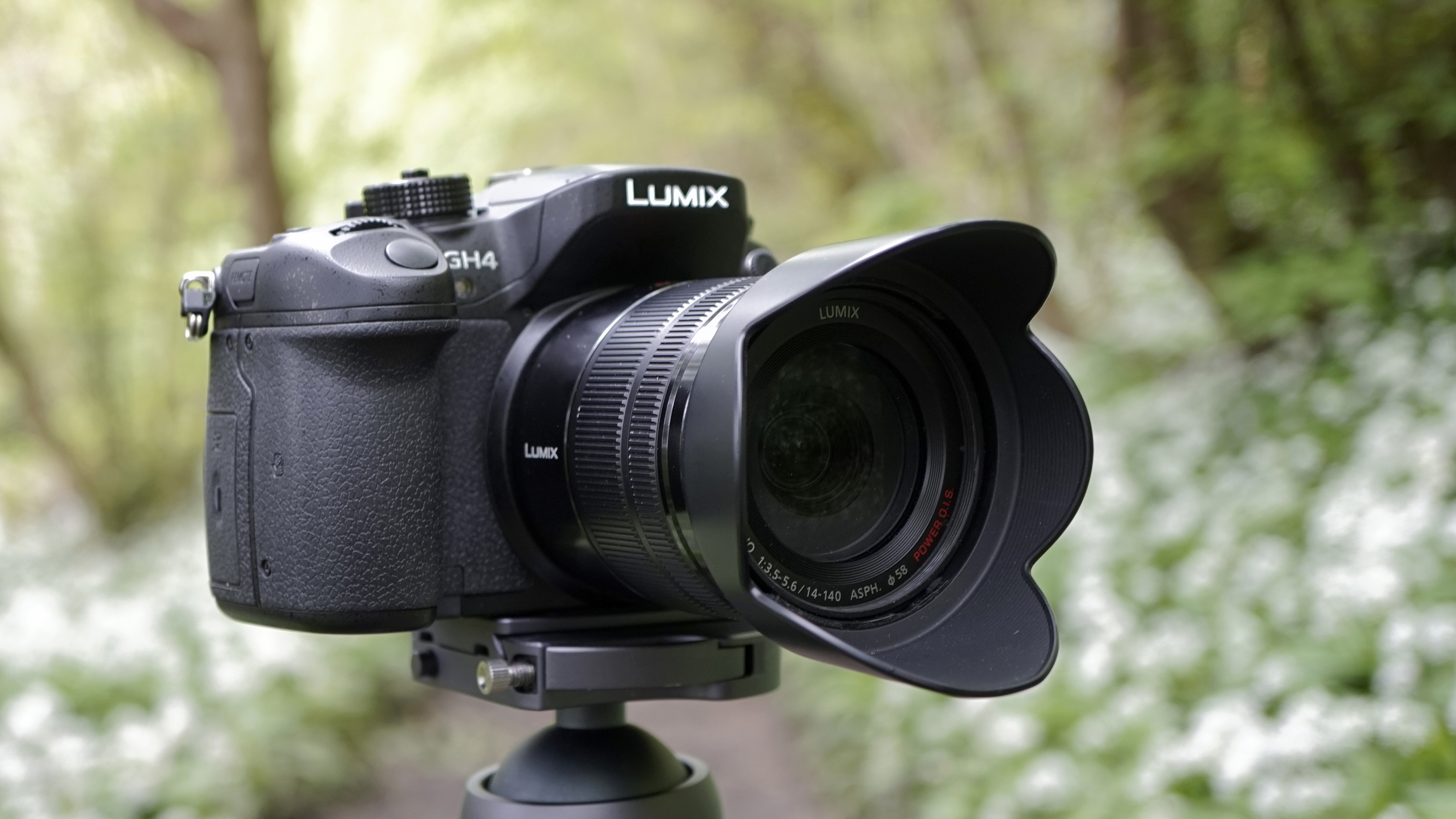
Panasonic Lumix GH4
The former king of video in Micro Four Thirds
Sensor size: Micro Four Thirds | Megapixels: 16.05MP | Viewfinder: 2,359k dot EVF | Screen type: 3.0 inch 1,036k dot | Maximum continuous shooting rate: 12fps | Movies: 4K (3,840 x 2,160) 30p
Although Panasonic has announced the upcoming Lumix GH5 is on its way, the Lumix GH4 is still a very relevant camera for videography. As one of the first cameras to feature 4K video capture, the GH4 is still a powerhouse with the ability to take 8MP stills from 4K video shot at 30fps and capture photos at 12fps.
Read the full review: Panasonic Lumix GH4